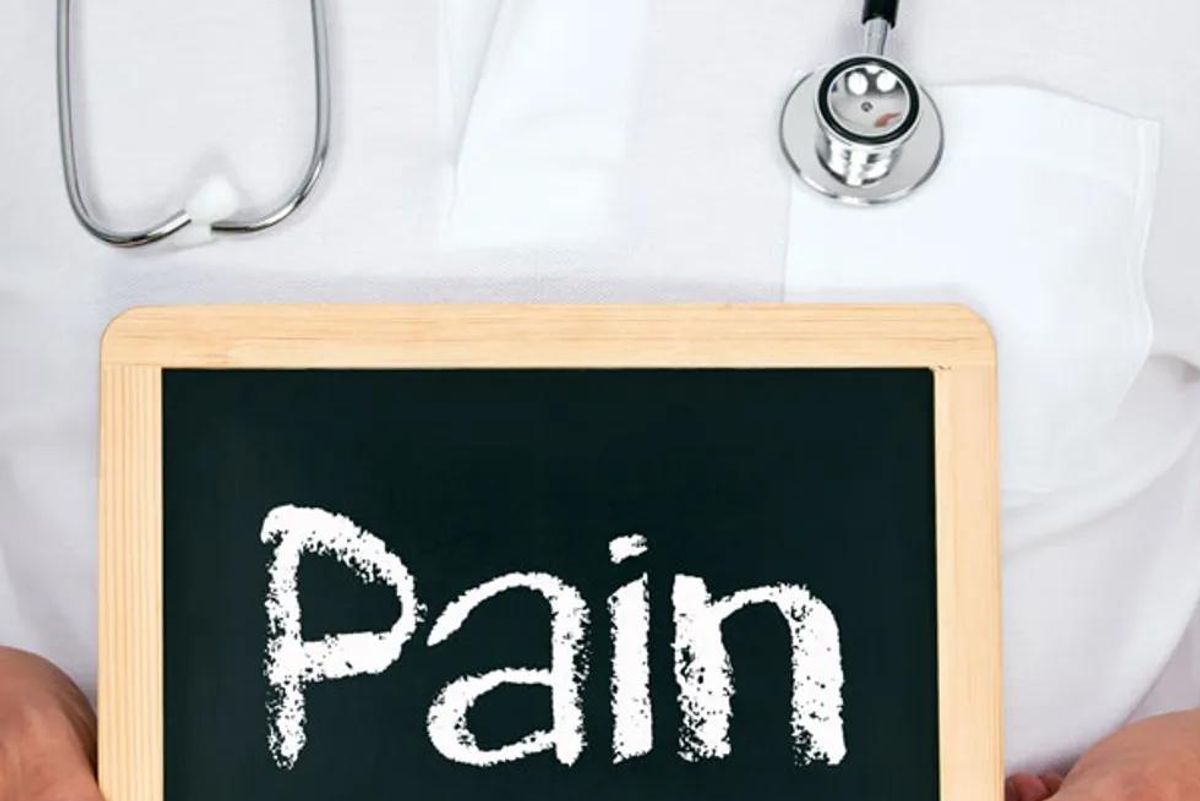This article has been archived. We will no longer be updating it. For our most up-to-date information, please visit our pain information here.
THURSDAY, Oct. 30, 2014 (HealthDay News) -- Almost one-fifth of Americans do daily battle with crippling, chronic pain, a large new survey reveals, with the elderly and women struggling the most.
The poll of roughly 35,000 American households provides the first snapshot of the pain landscape in the United States, the survey authors said.
The bottom line: Significant and debilitating pain that endures for three months or more is now a common feature in the lives of an estimated 39 million Americans.
"I wasn't particularly surprised by our findings," said study author Jae Kennedy, a professor of health policy and administration at Washington State University in Spokane. "But I found it sobering that so many American adults are grappling with persistent pain."
"Going forward, it will be important to track changes in rates of persistent pain within the U.S., and compare these rates to other countries with different health care systems," Kennedy said.
Kennedy and his colleagues report their findings in the October issue of the Journal of Pain.
To get a sense of the scale of the Americans' experience with pain, the study authors analyzed responses to a 2010 National Center for Health Statistics survey.
Those who said they had experienced serious continual pain during the prior three months were the focus of the poll, rather than participants who said they had experienced short-term pain or pain that was intermittent or moderate in nature.
The result: Overall, 19 percent of the adults polled were deemed to have experienced "chronic" and severe daily pain.
That grouping did not, for the most part, include adults who said they struggled with arthritis or back and joint pain, as those people tended to say their pain was not constant and persistent, the study authors noted.
That said, the chronic pain figure exceeded 19 percent among specific groups of respondents, including those between the ages of 60 and 69, women, those who said their health was fair or poor, those who were obese or overweight, and those who had been hospitalized in the prior year.
And among those with chronic pain, more than two-thirds said their pain was "constantly present," while more than half said their pain was at times "unbearable and excruciating."
That level of physical pain can prompt psychic pain, Kennedy noted.
"Being in pain is depressing," he said in a statement. "Being in pain all the time is tiring. Being in pain all the time is anxiety-provoking. So it's plausible that pain is triggering other kinds of more psychological distress."
Kennedy suggested that for those experiencing chronic, crippling pain there are a variety of potential interventions, including physical and occupational therapy, exercise, dietary changes, weight loss, massage and psychotherapy, alongside alternative interventions such as acupuncture, yoga and chiropractic services.
Medicines, including narcotic painkillers like hydrocodone, oxycodone and morphine, can also be helpful, but only if long-term use is avoided, Kennedy said.
"We are clearly overusing opioids [narcotics]," he noted. "The U.S. consumes about 80 percent of the world's opioid supply, and 99 percent of the hydrocodone supply. These medications are effective in the short term, [such as] for managing postoperative pain, but long-term use often leads to dependency or addiction."
Bob Twillman, director of policy and advocacy for the American Academy of Pain Management, agreed, noting that the kind of crippling pain that can make it impossible for people to work tends to have many different sources, not all of which are best addressed with narcotic painkillers.
"If it was just one thing causing pain, we might have one treatment that would work for most people," he said. "But, given that we have millions of people with dozens, or perhaps even hundreds of causes for their pain, we can't use a cookie-cutter approach to treating pain."
And that means, Twillman added, that medications may not always be the best answer for every patient.
"Those medications are wonderful when they work, but on average, they only relieve about a third or less of the chronic pain people experience, and may be completely ineffective in treating some kinds of chronic pain," Twillman said. Also, the drugs don't do anything to tackle the emotional, mental and behavioral aspects of pain management, he added.
"If we're going to do the best job possible of caring for people with chronic pain, we need to look at all of these aspects of the pain experience, and try to address them all," Twillman said. "When we are able to do that, we'll be successful in addressing the chronic pain that millions of Americans live with every day."
SOURCES: Jae Kennedy, Ph.D., professor, health policy and administration, Washington State University, Spokane; Bob Twillman, Ph.D., FAPM, director, policy and advocacy, American Academy of Pain Management; October 2014 Journal of Pain
Copyright © 2014 HealthDay. All rights reserved.







